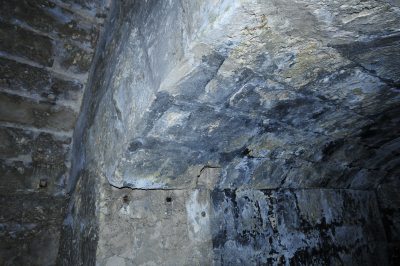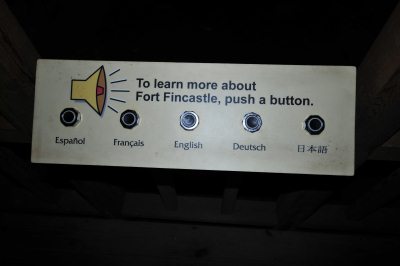Fort, Tower, Steps

|
Fincastle Fort, the Water
Tower and the Queens Steps
  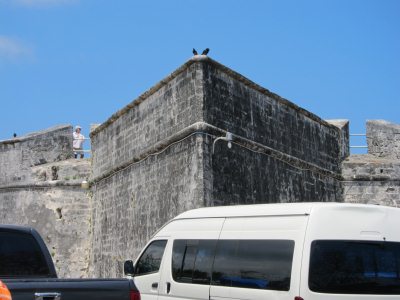 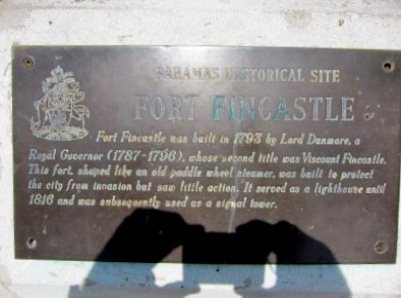 We always do a rough plan of what we
will aim to see on a tourist day exploring an island. This was no different.
Maps and tour guides over breakfast, but, this time I put in the request "No
Forts, I'm all forted out". OK, no problem.
After the slavery museum and a pit stop at
Dunkin Donuts we drove down Parliament Square to see the various famous
buildings, and, en route to the Water Tower (listed on the things to see) we
found ourselves at a dead end. Guess what was there,
a bloody fort. I think it was because Bear had seen a
cannon earlier but as he was driving couldn't get to the button. The thought
there might be one in here and he was out of the car like a ferret up the
proverbial trouser leg. Cameras in hand we paid the $1 entry and there I was in
Fort Fincastle, luckily a very small one. I did like
the shot Bear took showing his hands and
camera.
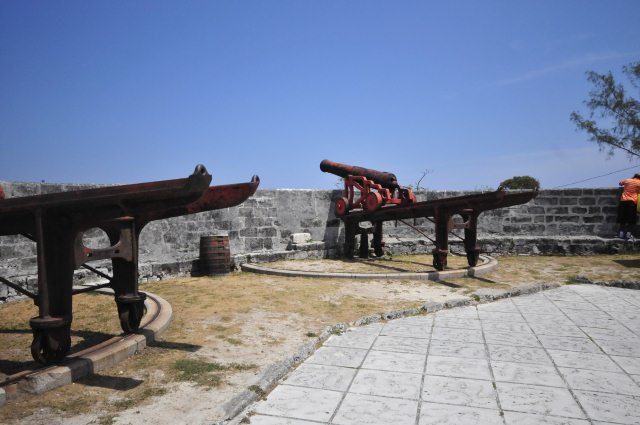 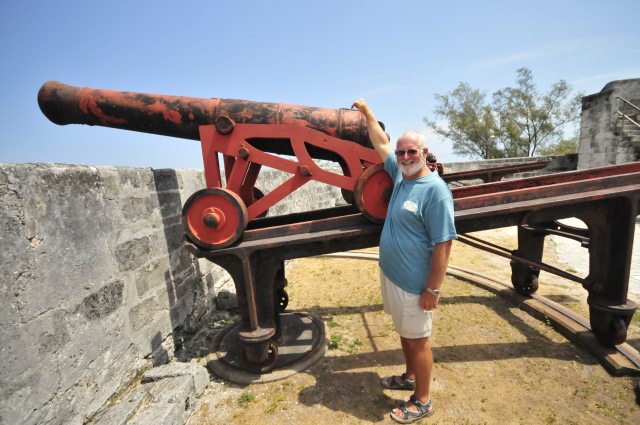 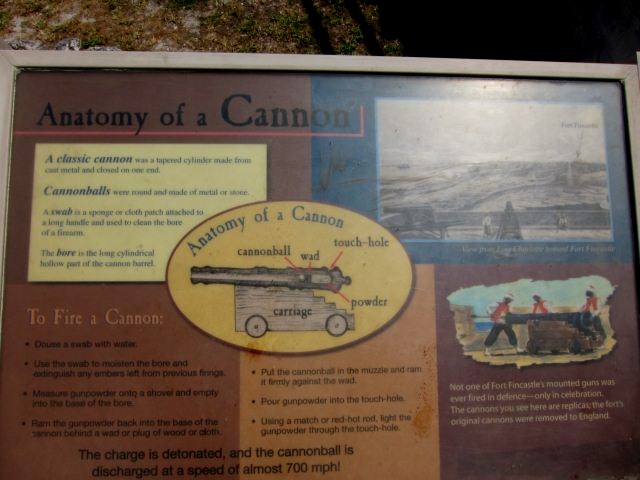 No sooner than we were through the door - Bear found his
delight. Like a thirsty man in the desert as he spots the
oasis, I swear I heard a satisfied sigh AND an instruction
sheet on how to fire.
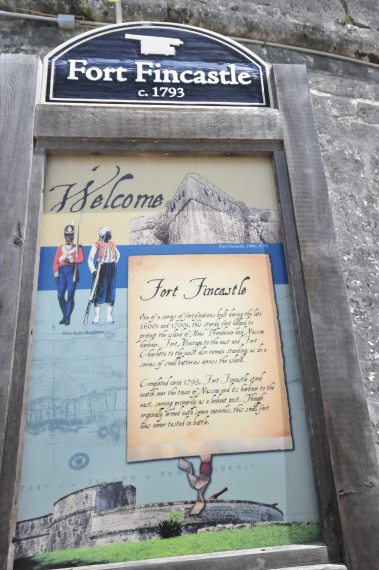 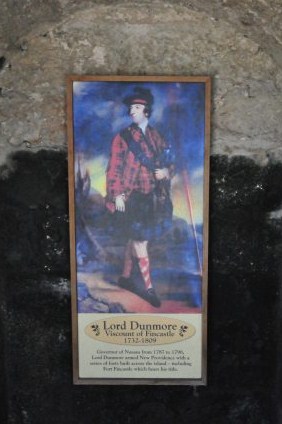 Fort Fincastle, overlooking the town from Bennet's Hill was built by Lord Dunmore, about 1793 who named it after his second title, Viscount Fincastle. In a letter to the Secretary of State on the 17th of February 1794, he describes it as "a battery upon a hill in this island to the Eastwards of the Government House mounting two 24 pounders, two 32 pounder Carronades, two 12 pounders and one Howitzer, which not only covers the Battery in Hog Island (Paradise Island) but all the Town and Road to the Eastward where the enemy might probably have effected a landing."
  Bear and his 'new best friend'. A view of the fort with the water tower behind it
Nassau's forts were manned by the British military. In keeping with the prevailing attitude of the period, only white West Indians were initially permitted to become members of British regiments. Black soldiers were assembled into separate regiments and were assigned primarily to colonial garrisons. The first such unit was the West India Regiment. Formed in 1795, it remained active until 1927. By 1898, Fort Fincastle was manned solely by West India Regiment soldiers under the command of white commissioned British officers. More drudgery than danger. Life for a colonial soldier was not easy. Housed in barracks beside the fort, they lived in austere conditions. To remain prepared, military drills were performed, such as marching and musket loading, often in the hot tropical sun. Food included a British provision called hard tack - a hard, dry biscuit with the only redeeming quality that could be stored for long periods without spoiling. As Fort Fincastle was never attacked, life for an island soldier was often more tedious than treacherous.
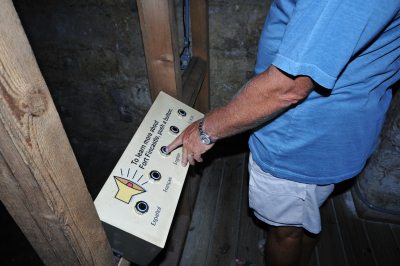 Bear found a new set of buttons to press...........
............ a lady telling us thick the walls are to protect the ammo. Of course he pressed the Japanese button so we left to the lady now with a mouth full of marbles
   The 1928 Water Tower seen from the fort and with the optional tourist
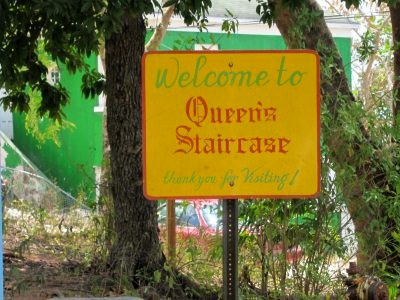    All
too much for this 'little one' catching zeds. Just
across the road were the Queen's Steps, guess who had
the poorly (gouty) ankle, so guess who had to run down for the
picture?
The one hundred and two foot tall Queens Staircase is a prominent part of any Nassau tour, named in honour of Queen Victoria. The set of sixty five steps was carved out of the natural limestone wall that once rested in its place. Originally, the Queens Staircase was built by slaves between 1793 and 1794, to provide British troops a protected route to Fort Fincastle. The Queens Staircase and Fort Fincastle were inspired by a desire to watch for encroaching marauders and pirates, however, none ever attacked and the fort is now a lighthouse that tourists can view.
ALL IN ALL TIME TO MOVE ON NICE BIT OF HISTORY - LOVED THE CANNONS
. .
|
